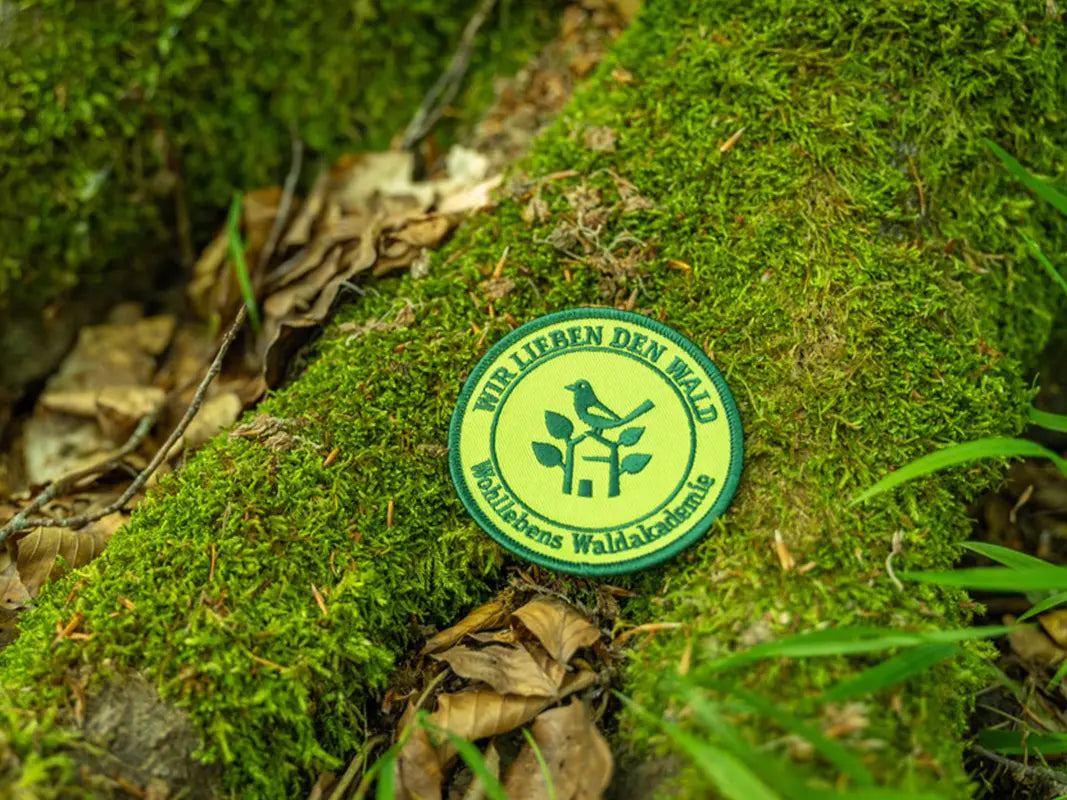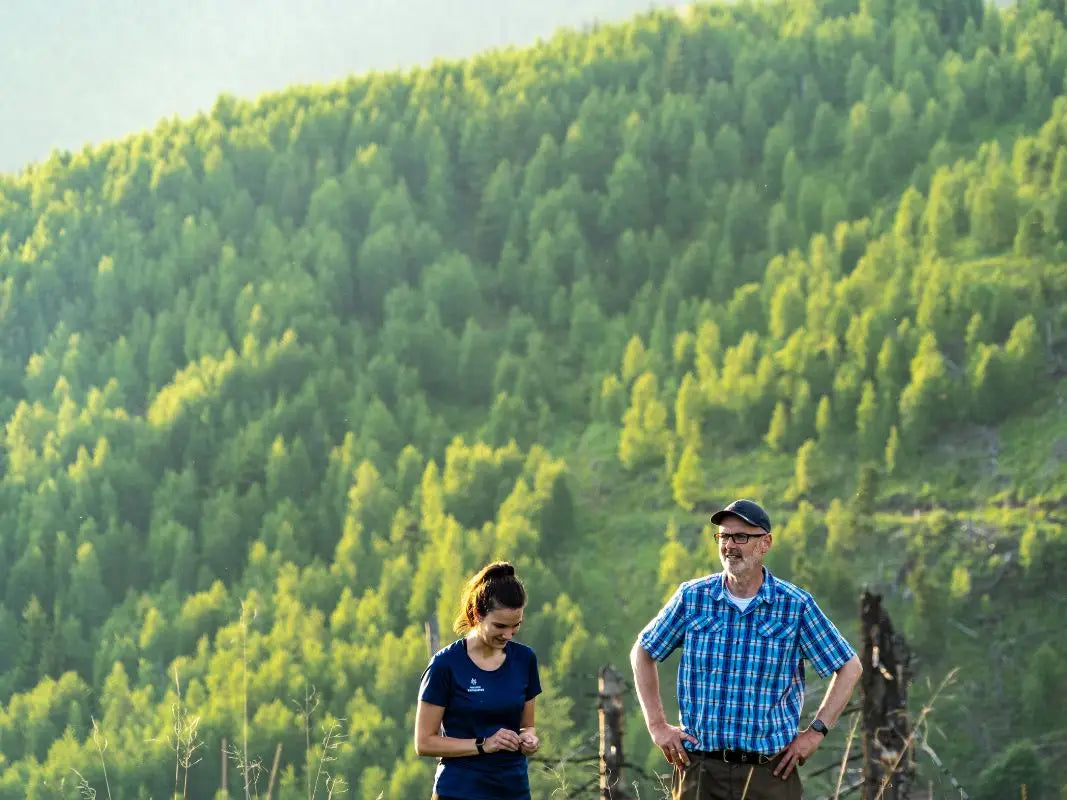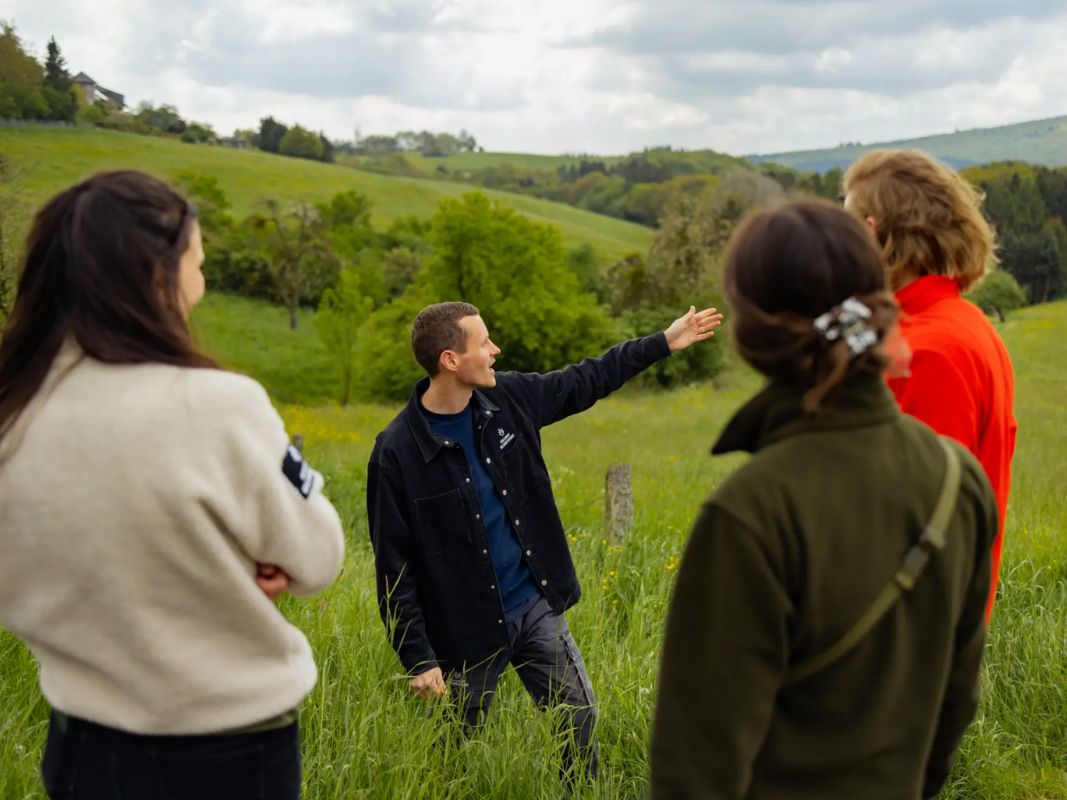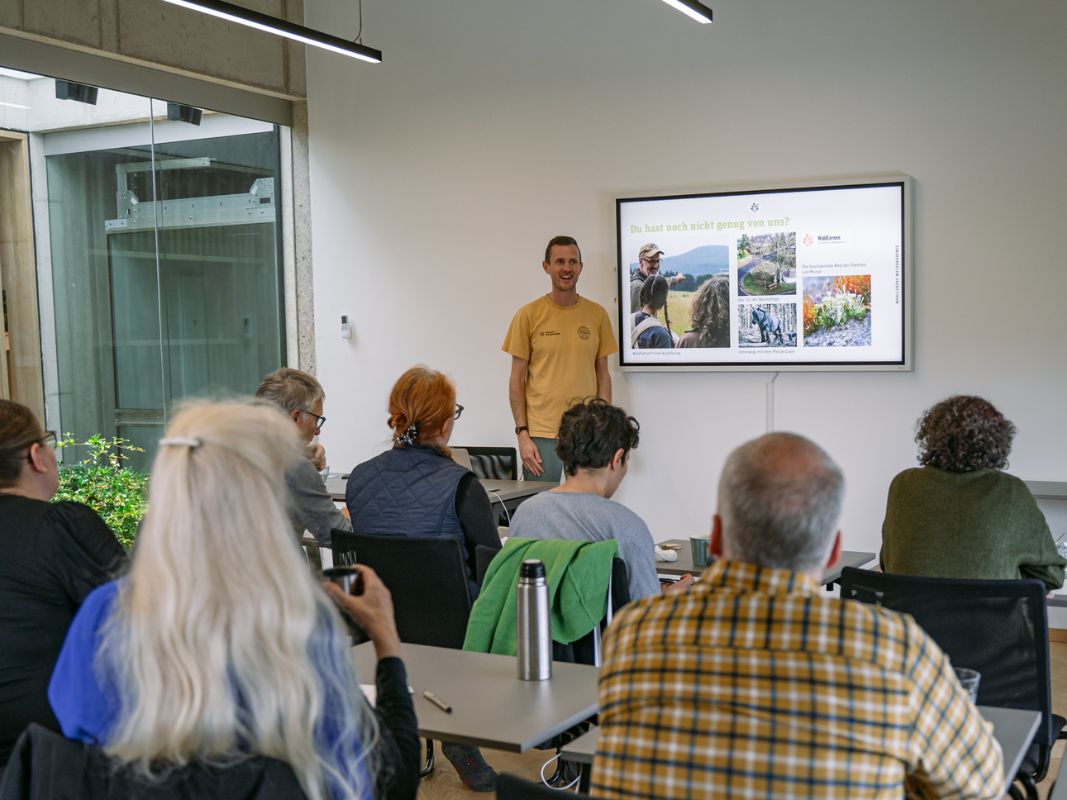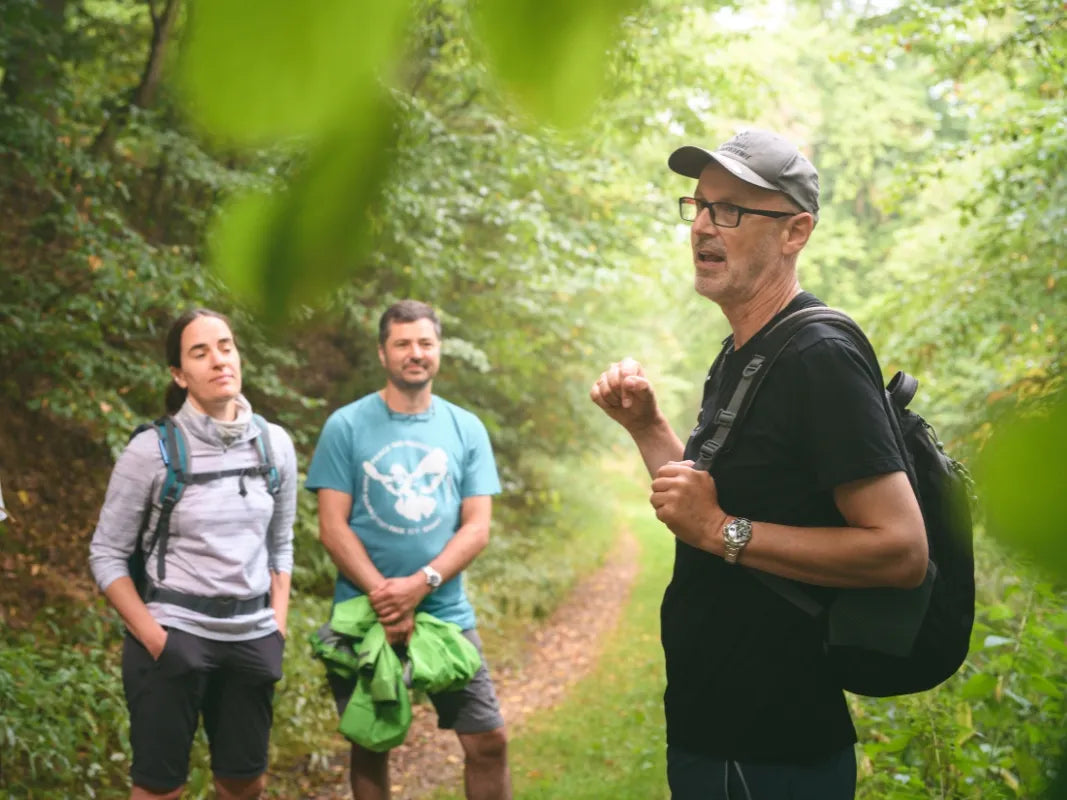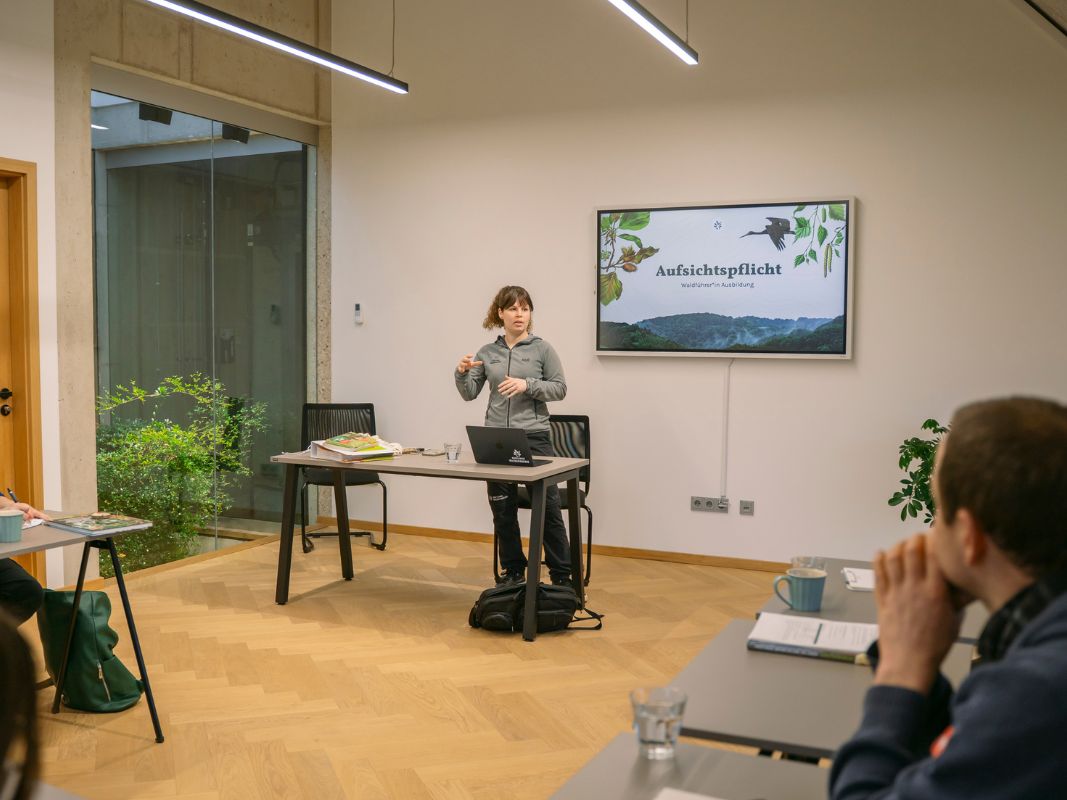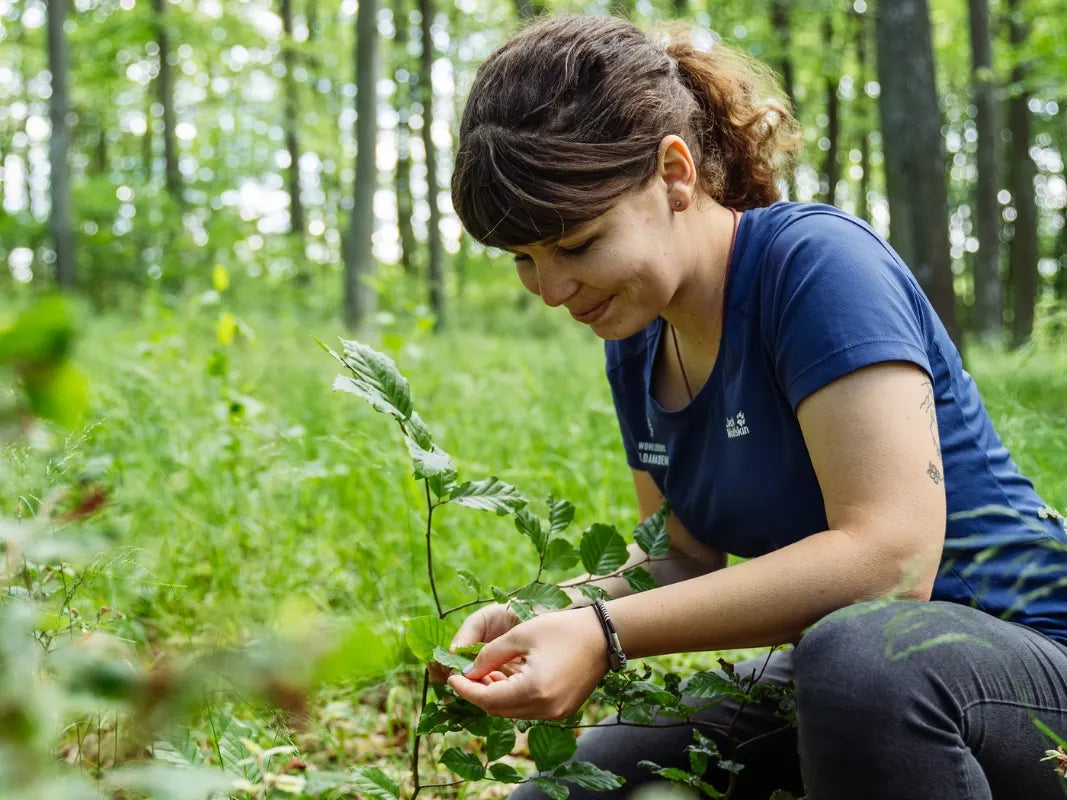Do you want to actively support the forest?
What can an individual do to actively promote greater forest protection – locally, nationally, and globally? We'll give you some concrete, practical tips!
Without absolving politicians and businesses of their responsibility, a steadily growing number of private individuals are showing their willingness to make an individual and personal commitment to urgently needed forest protection . We receive inquiries about this every day, and we are doing everything we can to support you as best we can via various platforms—be it via email, social media, our blog, our newsletter, and much more. This page offers you a comprehensive overview of resources that can effectively support you in your work for the forest .

Tip: Free course: Get involved with forests and nature
On Wald-Lernen.de, our platform for online courses, we offer a one-hour, free course in which we show you what concrete steps you can take if you notice any problems!
You'll learn how to effectively launch a citizens' initiative to give our forests a voice. We'll give you direct arguments to help you talk to foresters about the state of our forests. We'll explore questions like: Who actually owns the forest? What can I actively do? And what options do I have to advocate for the forest?
You are welcome to use the course's "Get involved in the forest" group for active exchange with like-minded people!
To the free online courseForest Protection FAQ
These questions about forest protection often reach us
Should I heat with wood to protect the environment?
Short answer: No, absolutely not!
Here you can find a detailed video about why heating with wood is not climate neutral: To the YouTube video
Further sources:
e-Paper "Forests are carbon stores - wood burning is not climate neutral"
Are large-scale tree felling (clear-cutting) legal?
The large-scale felling and removal of trees from a forest (clear-cutting) requires a permit above a certain size, as defined by the respective state forest law. Above a certain size, official approval is required for the measure. This is usually obtained when the large-scale removal of trees is recommended for "nature conservation reasons" or in the overriding public interest. Conversion to another form of land use can also be approved. One example of this is the construction of a wind turbine.
However, in recent years, a great deal of open space has been created; according to the German Aerospace Center, over 500,000 hectares were cleared between 2018 and the beginning of 2021 alone. In some cases, no permit is available for this because it is not the targeted removal of healthy trees, but rather a so-called calamity. This means that the trees were already damaged and had to be "harvested" due to an unexpected natural event such as a storm, bark beetle infestation, or extreme drought. Often, the legal texts even impose a certain obligation to take action in the event of such natural events under the aspect of forest protection. These calamity areas are not considered clear-cutting in forestry, although they certainly are.
The unfortunate thing is that clear-cutting, which is not subject to authorization without good reason, has enormous negative impacts on the forest and our environment. Here, we can only appeal to common sense and politicians to prevent this environmental destruction in the future.
Since some forest areas are located within protected areas, large-scale clearing may violate the protection criteria and therefore be illegal. In any case, the responsible nature conservation authority should be contacted for review.
Who is allowed to do what in the forest? 🚴🏻♂️
In our free course, forester Josef will give you a comprehensive insight into the legal situation of forests. You'll also find a blog article here that focuses on the topic of forest paths .
Does it make sense to plant trees? 🌱
The short answer: It depends! We've compiled detailed information and a quick test for reforestation projects .
Which tree species can cope with the future climate? 🌴
Counter question: Do we know exactly how the climate will have developed in 50, 100, or 200 years? The best predictions, and thus the best adaptation, are still made by nature itself. We don't need climate-stable tree species, but healthy ecosystems.
(How) Can I still save my tree? ⛑️
If your tree is infested with pests, for example, it's often difficult to give specific advice on what to do next from a distance. It's best to contact a local tree expert who can assess the situation.
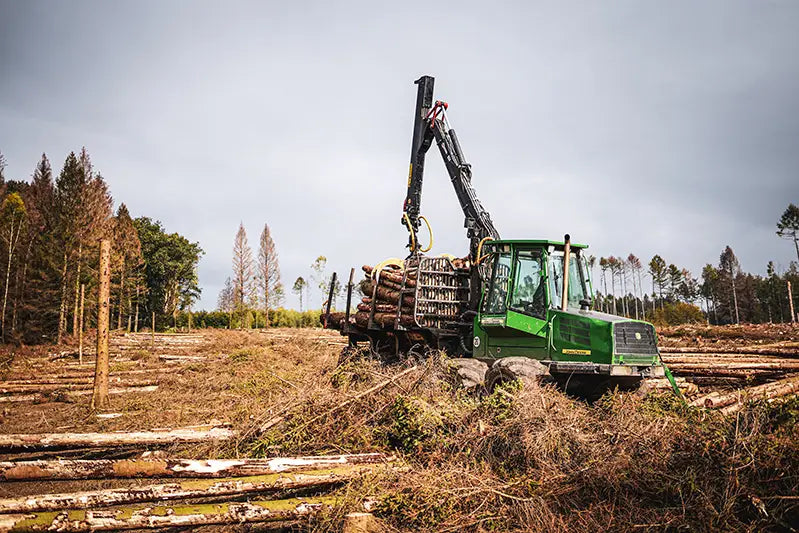
Seminar tip:
Forest ranger: Intensive seminar for green heroes
You can experience an intensive seminar with us on some dates:
Goals:
- You will learn what opportunities there are to get involved in protecting the forest.
- You will be able to participate in forestry discussions.
- You will gain insight into precedents and receive an introduction to the basics of forest law.
- You will develop skills to assess forest protection measures.
- You will receive suggestions for individual courses of action.
Inspiration on YouTube
Click through some videos on our channel that can provide you with help and inspiration.
Educate yourself & share your love of the forest
By sharing your knowledge of the fascinating forest ecosystem with others, you create understanding and love for it. And those who love forests want to protect them! In these courses, you'll learn the tools of the trade.

Support forest conservation projects
Supporting projects such as our UrwaldProject, in which we protect old deciduous forests in Germany, is also incredibly worthwhile: donate, tell people about the projects, share the content, organize fundraising campaigns, and so on - there are many possibilities!
Learn more about the Jungle Project

